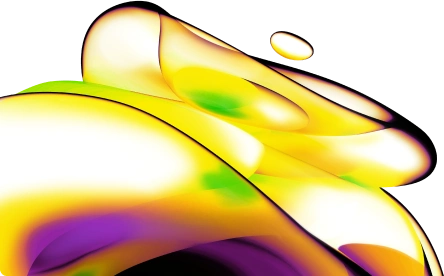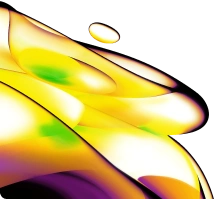

AlphaLISA SureFire Ultra Human and Mouse Phospho-JAK2 (Tyr1008) Detection Kit, 10,000 Assay Points
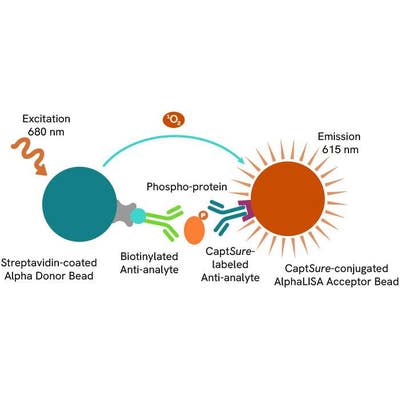

AlphaLISA SureFire Ultra Human and Mouse Phospho-JAK2 (Tyr1008) Detection Kit, 10,000 Assay Points
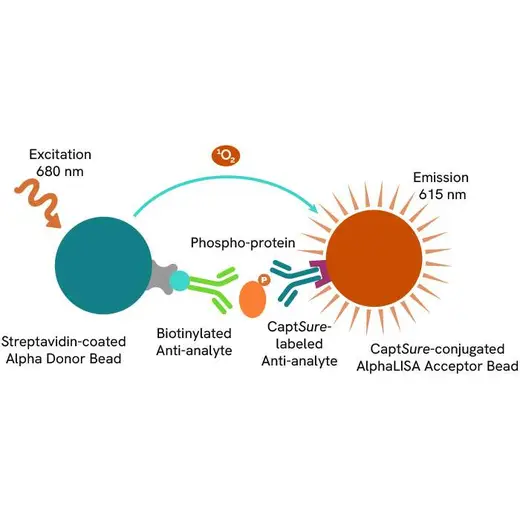


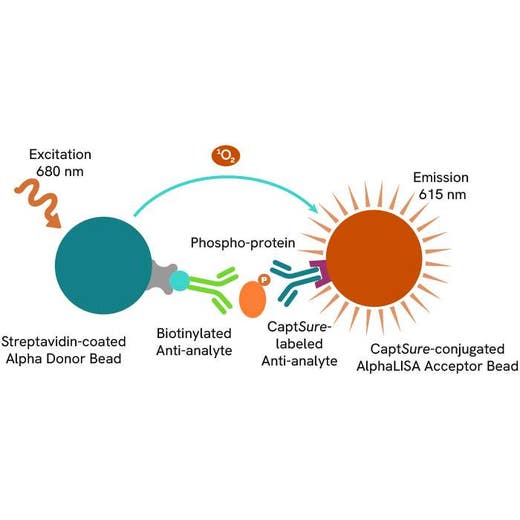


The AlphaLISA™ SureFire® Ultra™ Human and Mouse Phospho-JAK2 (Tyr1008) assay is a sandwich immunoassay for quantitative detection of phospho-JAK2 (Tyr1008) in cellular lysates using Alpha Technology.
| Feature | Specification |
|---|---|
| Application | Cell Signaling |
| Protocol Time | 2h at RT |
The AlphaLISA™ SureFire® Ultra™ Human and Mouse Phospho-JAK2 (Tyr1008) assay is a sandwich immunoassay for quantitative detection of phospho-JAK2 (Tyr1008) in cellular lysates using Alpha Technology.



AlphaLISA SureFire Ultra Human and Mouse Phospho-JAK2 (Tyr1008) Detection Kit, 10,000 Assay Points



AlphaLISA SureFire Ultra Human and Mouse Phospho-JAK2 (Tyr1008) Detection Kit, 10,000 Assay Points



Product information
Overview
Janus kinase 2 (JAK2) is a crucial component of the JAK-STAT signaling pathway, which governs cell growth, differentiation, and immune responses. JAK2 works in concert with cytokine receptors to activate STAT transcription factors, modulating gene expression. Mutations in JAK2 are associated with hematologic malignancies, including AML, as well as autoimmune diseases like Crohn's disease and ulcerative colitis, which are characterized by severe inflammation.
The AlphaLISA SureFire Ultra Human and Mouse Phospho-JAK2 (Tyr1008) Detection Kit is a sandwich immunoassay for the quantitative detection of phospho-JAK2 in cellular lysates, using Alpha Technology.
Formats:
- The HV (high volume) kit contains reagents to run 100 wells in 96-well format, using a 60 μL reaction volume.
- The 500-point kit contains enough reagents to run 500 wells in 384-well format, using a 20 μL reaction volume.
- The 10,000-point kit contains enough reagents to run 10,000 wells in 384-well format, using a 20 μL reaction volume.
- The 50,000-point kit contains enough reagents to run 50,000 wells in 384-well format, using a 20 μL reaction volume.
AlphaLISA SureFire Ultra kits are compatible with:
- Cell and tissue lysates
- Antibody modulators
- Biotherapeutic antibodies
AlphaLISA SureFire Ultra kits can be used for:
- Cellular kinase assays
- Receptor activation studies
- High-throughput screening for preclinical studies
Specifications
| Application |
Cell Signaling
|
|---|---|
| Automation Compatible |
Yes
|
| Brand |
AlphaLISA SureFire Ultra
|
| Detection Modality |
Alpha
|
| Protocol Time |
2h at RT
|
| Shipping Conditions |
Shipped in Blue Ice
|
| Target |
JAK2
|
| Target Class |
Phosphoproteins
|
| Target Species |
Human
Mouse
|
| Technology |
Alpha
|
| Therapeutic Area |
Autoimmunity
Oncology
|
| Unit Size |
10,000 assay points
|
Video gallery

AlphaLISA SureFire Ultra Human and Mouse Phospho-JAK2 (Tyr1008) Detection Kit, 10,000 Assay Points

AlphaLISA SureFire Ultra Human and Mouse Phospho-JAK2 (Tyr1008) Detection Kit, 10,000 Assay Points

How it works
Phospho-AlphaLISA SureFire Ultra assay principle
The Phospho-AlphaLISA SureFire Ultra assay measures a protein target when phosphorylated at a specific residue.
The assay uses two antibodies which recognize the phospho epitope and a distal epitope on the targeted protein. AlphaLISA assays require two bead types: Acceptor and Donor beads. Acceptor beads are coated with a proprietary CaptSure™ agent to specifically immobilize the assay specific antibody, labeled with a CaptSure tag. Donor beads are coated with streptavidin to capture one of the detection antibodies, which is biotinylated. In the presence of phosphorylated protein, the two antibodies bring the Donor and Acceptor beads in close proximity whereby the singlet oxygen transfers energy to excite the Acceptor bead, allowing the generation of a luminescent Alpha signal. The amount of light emission is directly proportional to the quantity of phosphoprotein present in the sample.

Phospho-AlphaLISA SureFire Ultra two-plate assay protocol
The two-plate protocol involves culturing and treating the cells in a 96-well plate before lysis, then transferring lysates into a 384-well OptiPlate™ plate before the addition of Phospho-AlphaLISA SureFire Ultra detection reagents. This protocol permits the cells' viability and confluence to be monitored. In addition, lysates from a single well can be used to measure multiple targets.
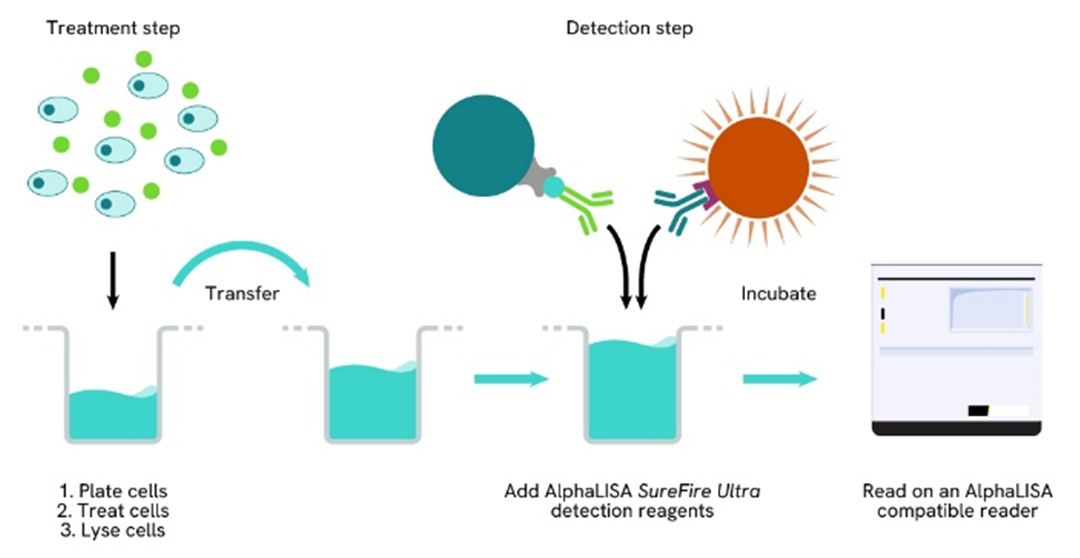
Phospho-AlphaLISA SureFire Ultra one-plate assay protocol
Detection of Phosphorylated target protein with AlphaLISA SureFire Ultra reagents can be performed in a single plate used for culturing, treatment, and lysis. No washing steps are required. This HTS designed protocol allows for miniaturization while maintaining AlphaLISA SureFire Ultra quality.
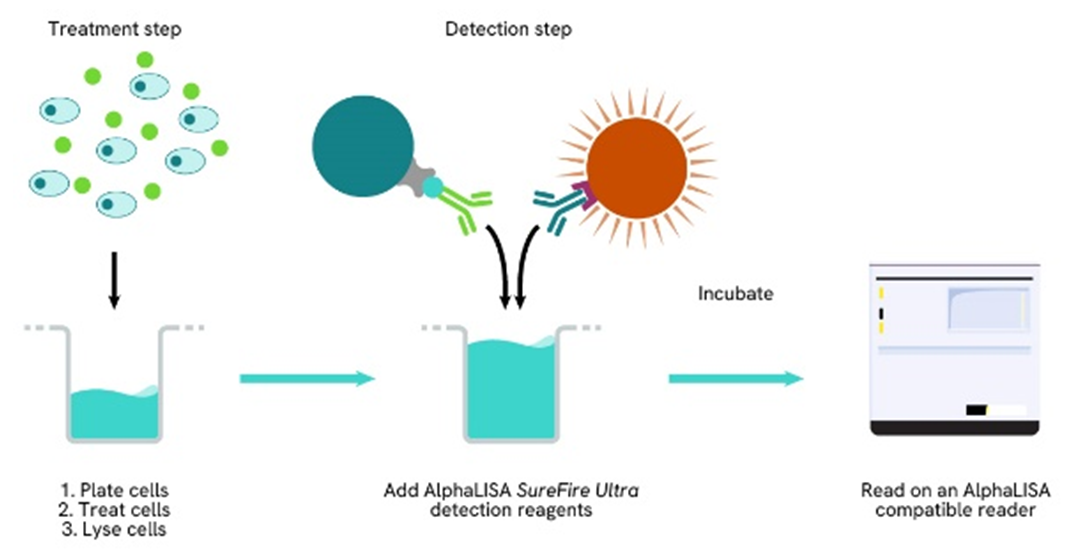
Assay validation
Induction of JAK2 (Tyr1008) phosphorylation in primary macrophages
PBMCs were isolated from healthy donors and cultured for 6 days in complete DMEM containing 20 ng/mL M-CSF to differentiate them into macrophages. Macrophages were seeded in a 96-well plate (40,000 cells/well) in complete DMEM, and incubated overnight at 37°C, 5% CO2. The cells were starved for 2 hours and then treated with increasing concentrations of IFNγ for 20 minutes.
After treatment, the cells were lysed with 50 µL of Lysis Buffer for 10 minutes at RT with shaking (350 rpm). JAK2 Phospho (Tyr1008) and Total levels were evaluated using respective AlphaLISA SureFire Ultra assays. For the detection step, 10 µL of cell lysate (approximately 8,000 cells) was transferred into a 384-well white OptiPlate, followed by 5 µL of Acceptor mix and incubated for 1 hour at RT. Finally, 5 µL of Donor mix was then added to each well and incubated for 1 hour at RT in the dark. The plate was read on an Envision using standard AlphaLISA settings.
As expected, IFNγ triggered a dose-dependent increase in the levels of Phospho JAK2 (Tyr1008) while levels of Total JAK2 remained unchanged.

Induction of JAK2 (Tyr1008) phosphorylation in endogenous cell models
THP-1 cells were seeded in a 96-well plate (100,000 cells/well) in complete medium containing 100 nM PMA and incubated for 24 hours at 37°C, 5% CO2. The THP-1 derived macrophages were washed and starved for 2 hours with HBSS + 0.1% BSA, then treated with increasing concentrations of IFNγ for 20 minutes.
After treatment, the cells were lysed with 60 µL of Lysis Buffer for 10 minutes at RT with shaking (350 rpm). JAK2 Phospho (Tyr1008) and Total levels were evaluated using respective AlphaLISA SureFire Ultra assays. For the detection step, 10 µL of cell lysate (approximately 16,000 cells) was transferred into a 384-well white OptiPlate, followed by 5 µL of Acceptor mix and incubated for 1 hour at RT. Finally, 5 µL of Donor mix was then added to each well and incubated for 1 hour at RT in the dark. The plate was read on an Envision using standard AlphaLISA settings.
As expected, IFNγ triggered a dose-dependent increase in the levels of Phospho JAK2 (Tyr1008) while Total JAK2 levels remained unchanged.
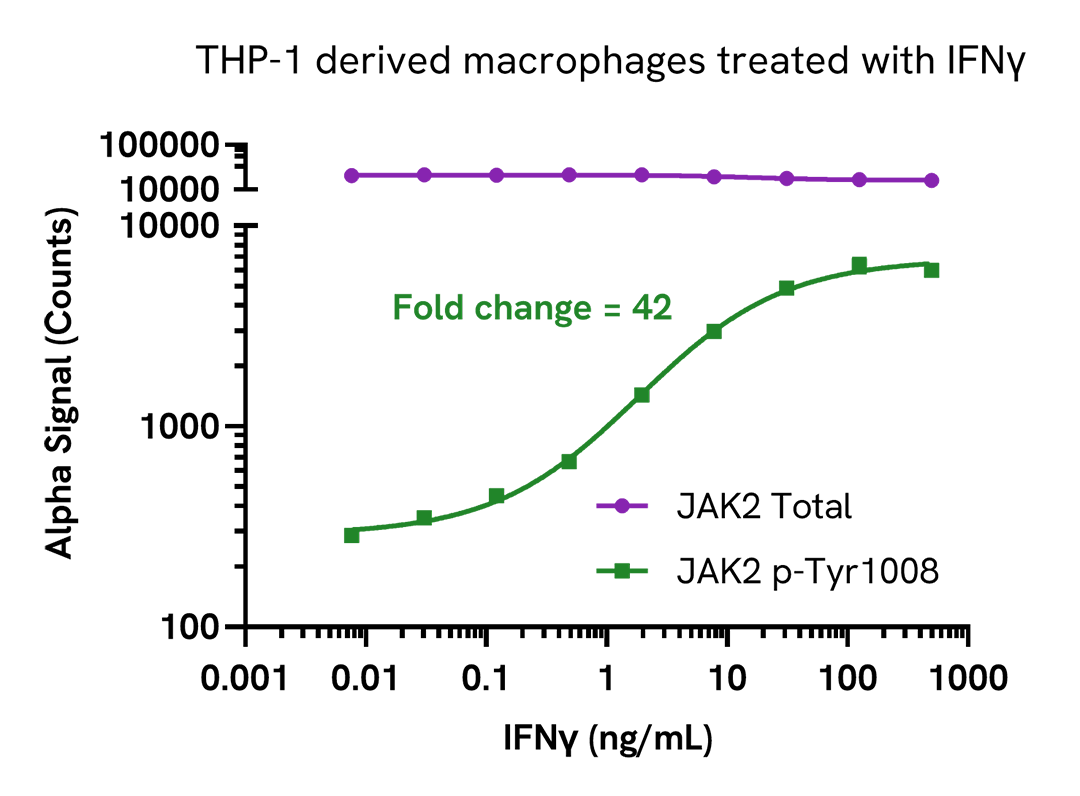
A431 cells were seeded in a 96-well plate (60,000 cells/well) in complete medium, and incubated overnight at 37°C, 5% CO2. Cells were treated with increasing concentrations of IFNγ for 15 minutes.
After treatment, the cells were lysed with 50 µL of Lysis Buffer for 10 minutes at RT with shaking (350 rpm). JAK2 Phospho (Tyr1008) and Total levels were evaluated using respective AlphaLISA SureFire Ultra assays. For the detection step, 10 µL of cell lysate (approximately 12,000 cells) was transferred into a 384-well white OptiPlate, followed by 5 µL of Acceptor mix and incubated for 1 hour at RT. Finally, 5 µL of Donor mix was then added to each well and incubated for 1 hour at RT in the dark. The plate was read on an Envision using standard AlphaLISA settings.
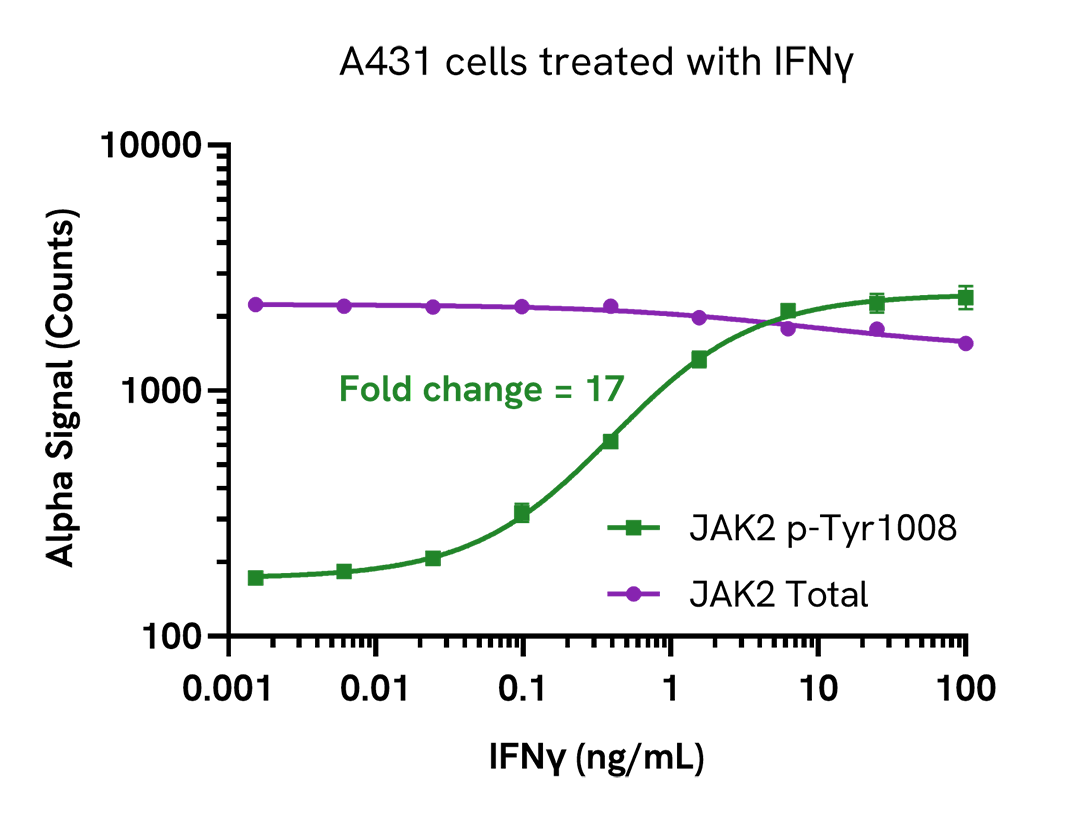
RAW 264.7 cells were seeded in a 96-well plate (40,000 cells/well) in complete medium and incubated overnight at 37°C, 5% CO2. The cells were starved for 2 hours and then treated with increasing concentrations of IFNγ for 20 minutes.
After treatment, the cells were lysed with 50 µL of Lysis Buffer for 10 minutes at RT with shaking (350 rpm). JAK2 Phospho (Tyr1008) and Total levels were evaluated using respective AlphaLISA SureFire Ultra assays. For the detection step, 10 µL of cell lysate (approximately 8,000 cells) was transferred into a 384-well white OptiPlate, followed by 5 µL of Acceptor mix and incubated for 1 hour at RT. Finally, 5 µL of Donor mix was then added to each well and incubated for 1 hour at RT in the dark. The plate was read on an Envision using standard AlphaLISA settings.

Inhibition of endogenous levels of Phospho JAK2 (Tyr1008) in HEL92.1.7 cells
HEL92.1.7 cells were washed and seeded in a 96-well plate (400,000 cells/well) in HBSS + 0.1% BSA. The cells were treated with increasing concentrations of Ruxolitinib or Pacritinib for 15 minutes.
After treatment, the cells were spun down and lysed with 100 µL of Lysis Buffer for 10 minutes at RT with shaking (350 rpm). JAK2 Phospho (Tyr1008) and Total levels were evaluated using respective AlphaLISA SureFire Ultra assays. For the detection step, 10 µL of cell lysate (approximately 40,000 cells) was transferred into a 384-well white OptiPlate, followed by 5 µL of Acceptor mix and incubated for 1 hour at RT. Finally, 5 µL of Donor mix was then added to each well and incubated for 1 hour at RT in the dark. The plate was read on an Envision using standard AlphaLISA settings.
JAK2 inhibitors Ruxolitinib and Pacritinib, induced a dose-dependent decrease in the levels of Phospho JAK2 (Tyr1008), while JAK2 Total levels remained unchanged.
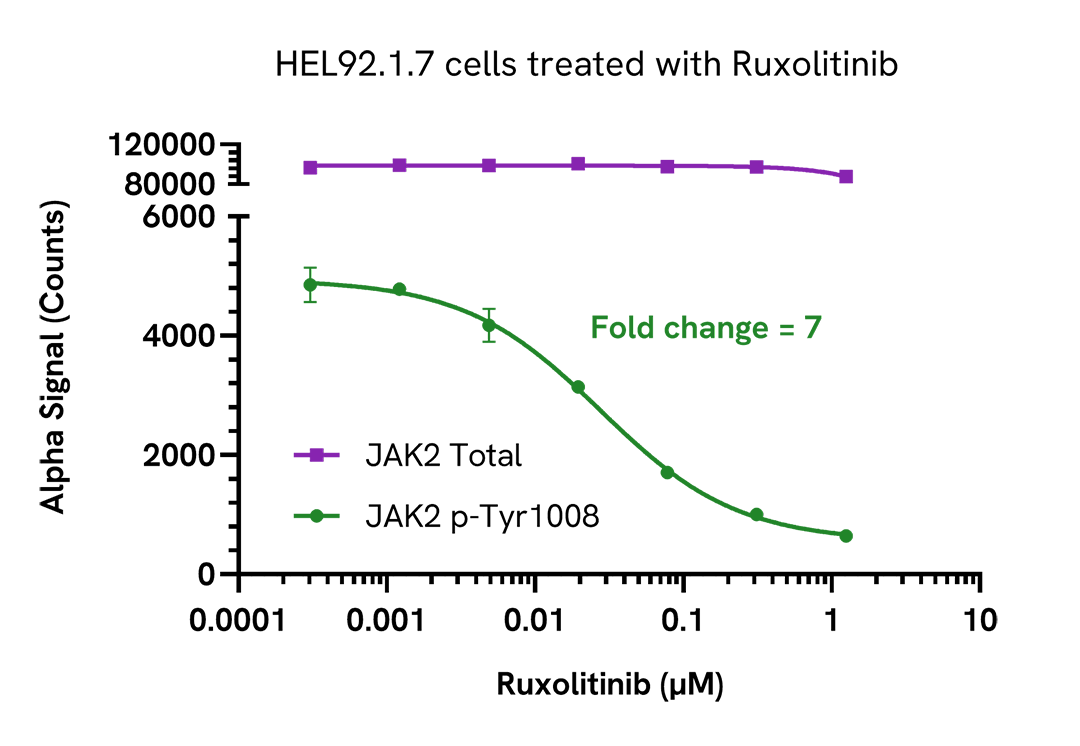
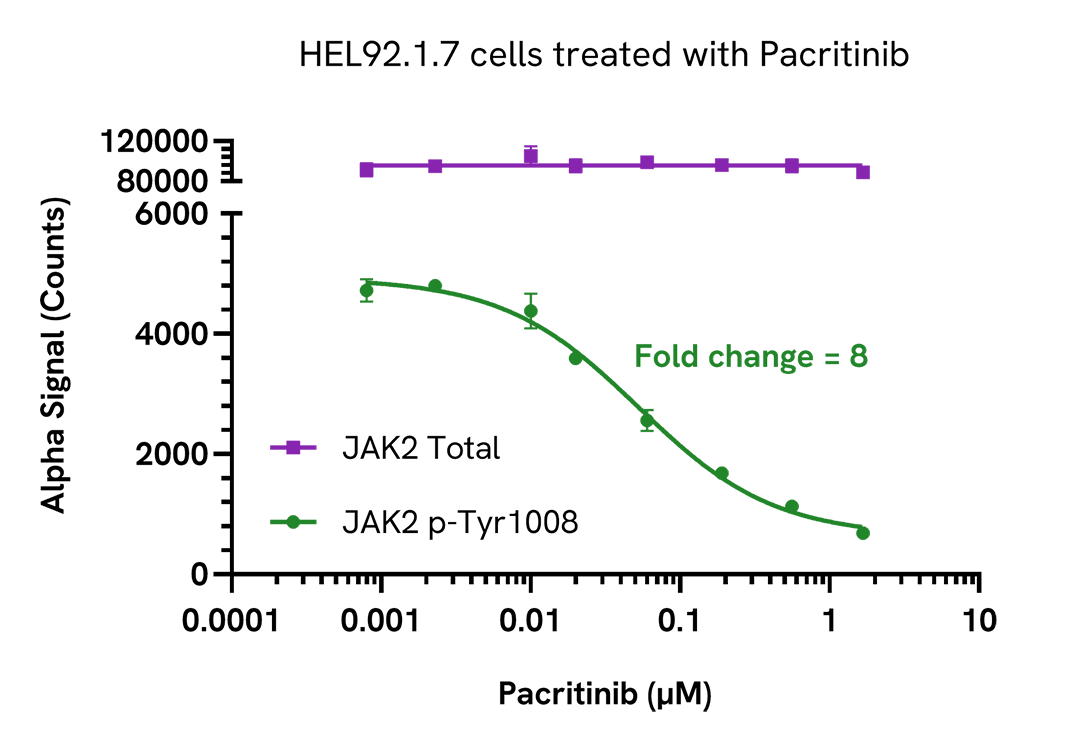
Inhibition of endogenous levels of Phospho JAK2 (Tyr1008) in THP-1 derived macrophages
THP-1 cells were seeded in a 96-well plate (100,000 cells/well) in complete medium containing 100 nM PMA and incubated for 24 hours at 37°C, 5% CO2. The THP-1 derived macrophages were washed and further stimulated with 100 ng/mL IFNγ for 15 minutes, followed by treatment with increasing concentrations of Ruxolitinib or Pacritinib for 15 minutes. All treatments were performed in HBSS + 0.1% BSA.
After treatment, the cells were lysed with 60 µL of Lysis Buffer for 10 minutes at RT with shaking (350 rpm). JAK2 Phospho (Tyr1008) and Total levels were evaluated using respective AlphaLISA SureFire Ultra assays. For the detection step, 10 µL of cell lysate (approximately 16,000 cells) was transferred into a 384-well white OptiPlate, followed by 5 µL of Acceptor mix and incubated for 1 hour at RT. Finally, 5 µL of Donor mix was then added to each well and incubated for 1 hour at RT in the dark. The plate was read on an Envision using standard AlphaLISA settings.
JAK2 inhibitors Ruxolitinib and Pacritinib, induced a dose-dependent decrease in the levels of Phospho JAK2 (Tyr1008), while JAK2 Total levels remained unchanged.
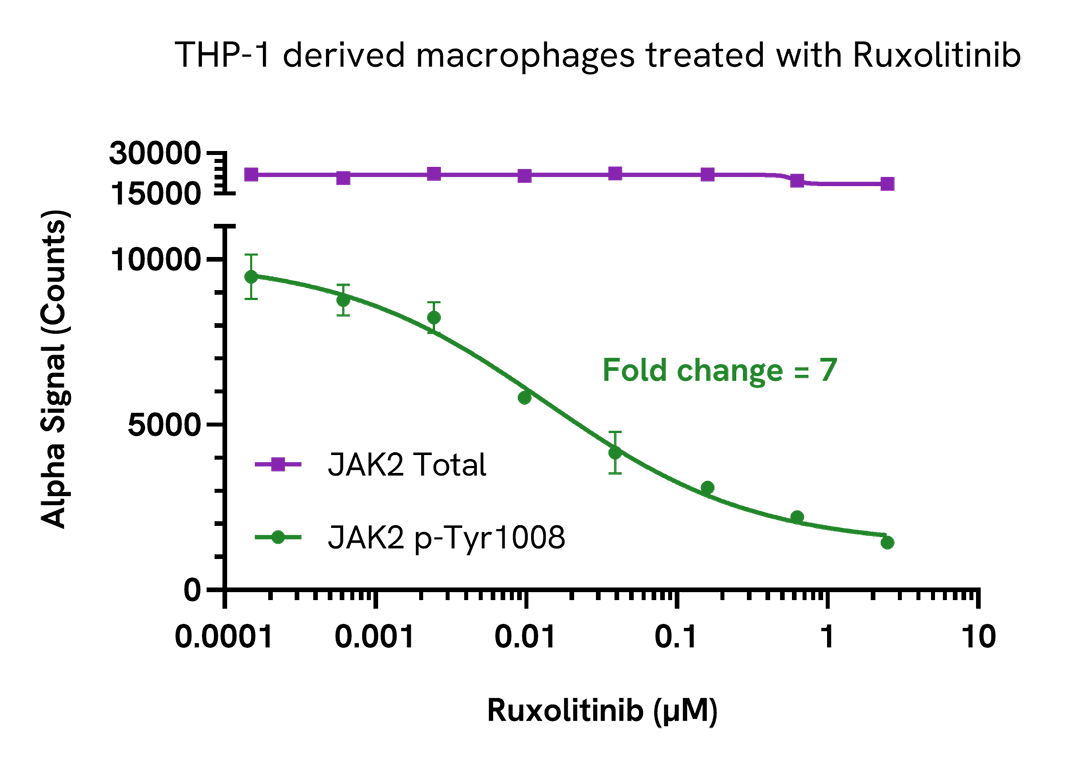

Specificity of Phospho JAK2 (Tyr1008) assay
Phospho JAK2 (Tyr1008) levels were assessed in Wild Type (WT) and JAK2 knockout (KO) A549 cells. JAK2 KO cells (Abcam ab267113) and WT A549 cells were seeded in a 96-well plate (40,000 cells/well) in complete medium, and incubated overnight at 37°C, 5% CO2. The cells were treated with 50 ng/mL IFNγ for 20 minutes.
After treatment, the cells were lysed with 100 µL of Lysis Buffer for 10 minutes at RT with shaking (350 rpm). Phospho JAK2 (Tyr1008) levels were evaluated by AlphaLISA SureFire Ultra. For the detection step, 10 µL of cell lysate (approximately 4,000 cells) was transferred into a 384-well white OptiPlate, followed by 5 µL of Acceptor mix and incubated for 1 hour at RT. Finally, 5 µL of Donor mix was then added to each well and incubated for 1 hour at RT in the dark. The plate was read on an Envision using standard AlphaLISA settings.
As expected, JAK2 (Tyr1008) was detected in the WT A549 cells treated with IFNγ but not in the JAK2 KO cell line.
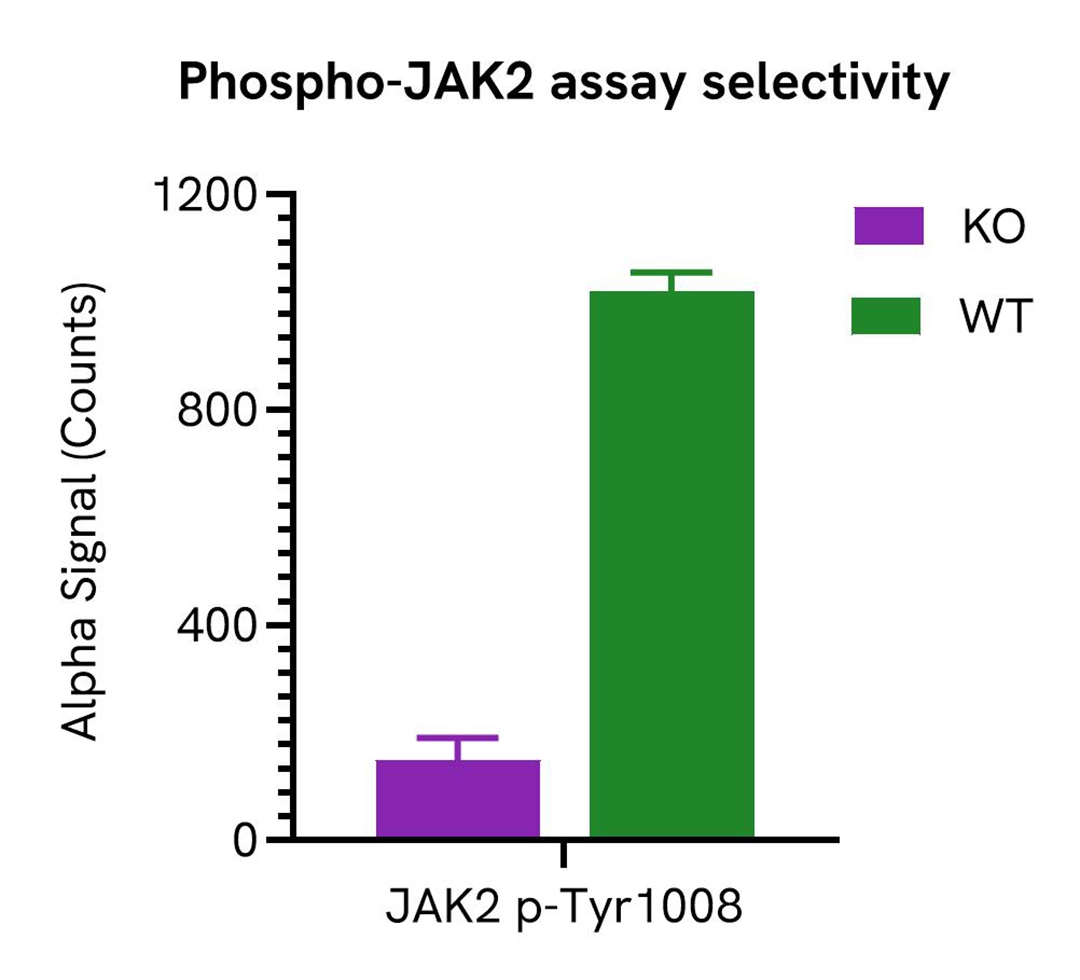
Resources
Are you looking for resources, click on the resource type to explore further.
The definitive guide for setting up a successful AlphaLISA SureFire Ultra assay
Several biological processes are regulated by...
Discover Alpha SureFire® Ultra™ assays, the no-wash cellular kinase assays leveraging Revvity's exclusive bead-based technology...
This document includes detailed tables listing HTRF™, AlphaLISA™ SureFire® Ultra™, and Alpha SureFire® Ultra™ Multiplex assays...
Loading...


How can we help you?
We are here to answer your questions.
